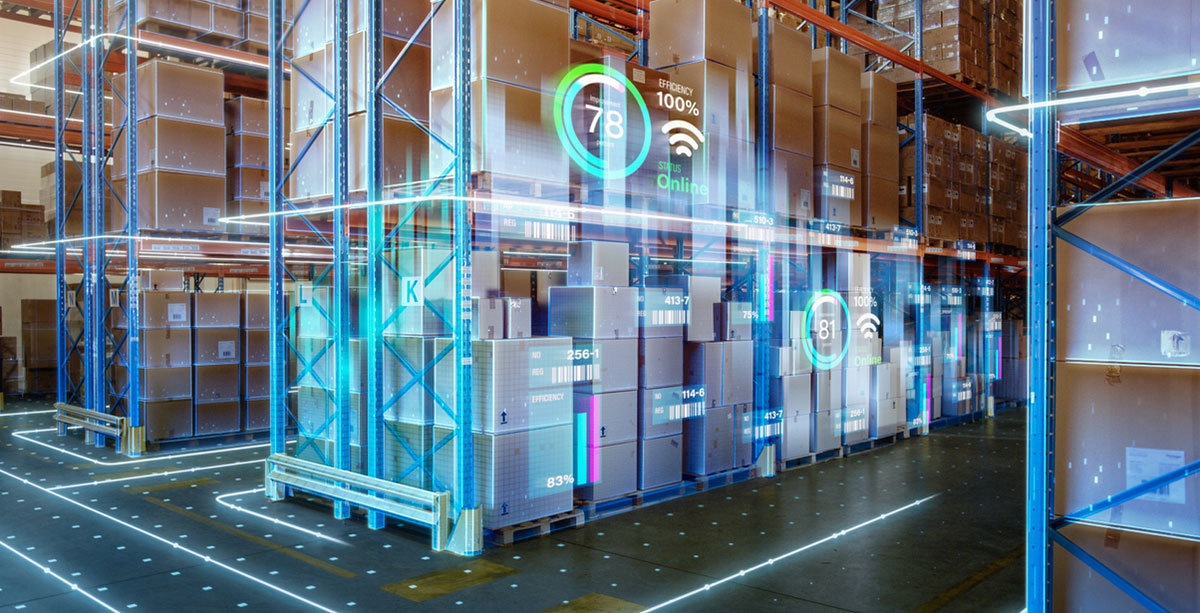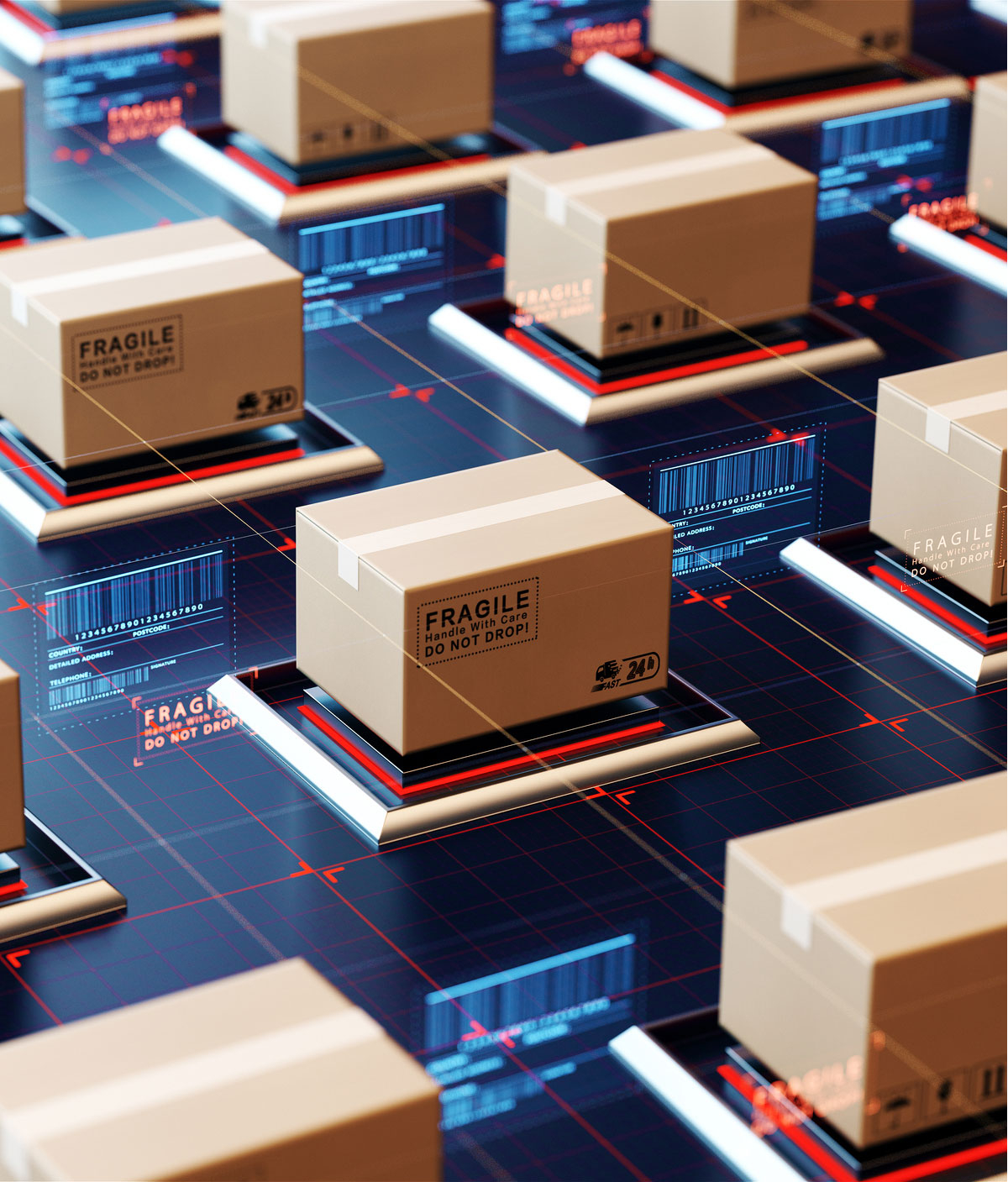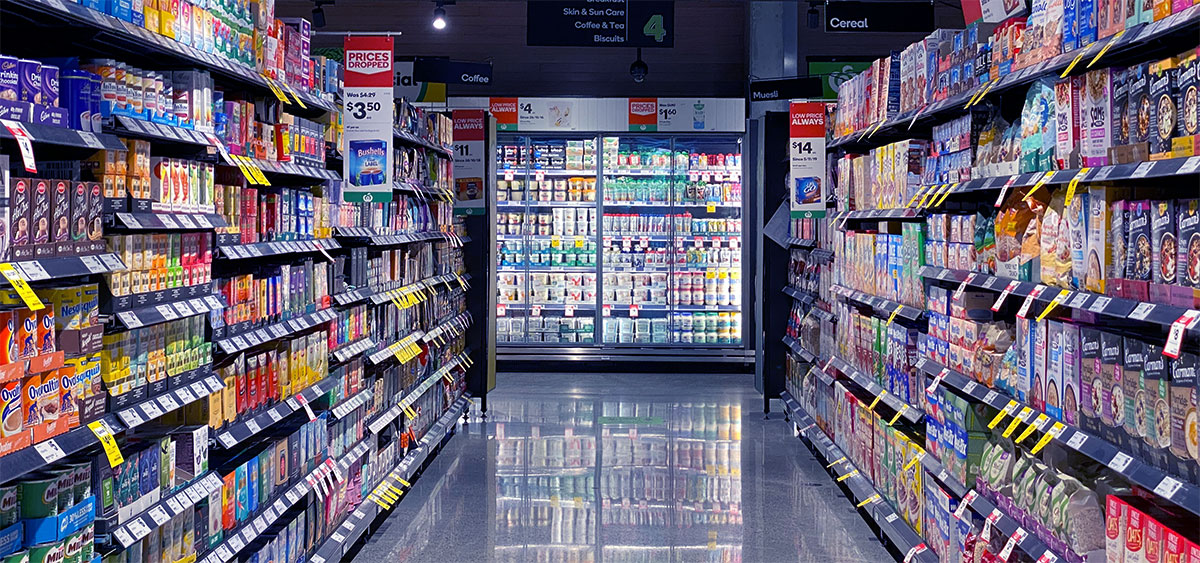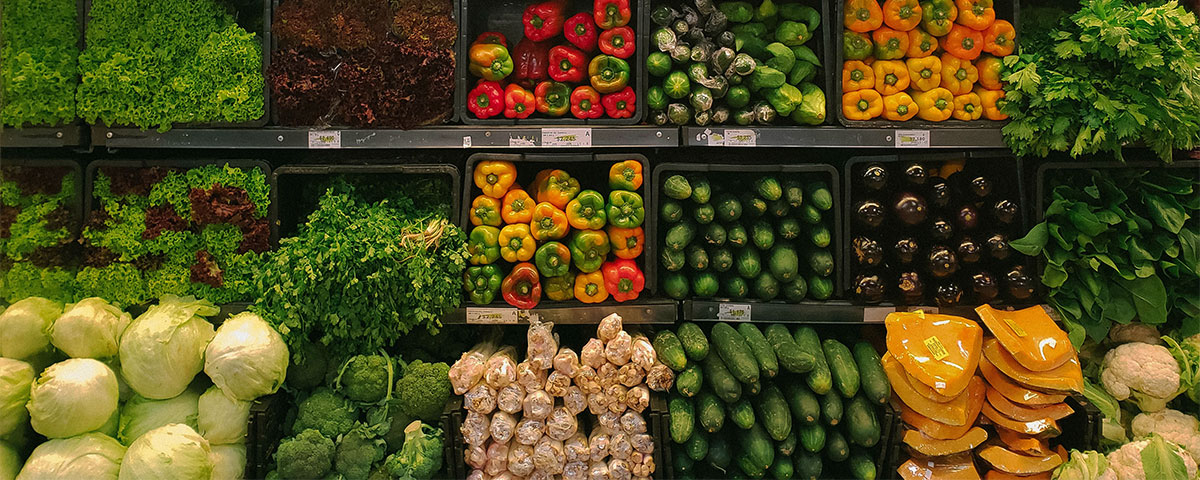Examples of Smart Packaging
This is a truly innovative packaging concept with practical examples in numerous fields.
Smart packaging, for example, is now widely used throughout the supply chain.
In supply chain logistics, it means that processes can be optimised to ensure greater agility in planning, allowing the real-time tracking of the path that products and packaging take along each stage of the supply chain.
In terms of product safety, smart packaging also provides greater control over the integrity of primary and secondary packaging thanks to the use of tamper-proof sensors.
The sensors also help to reduce food waste as they can record the temperature and shelf-life of food products. In the event of variations in the temperature which could compromise the quality of the food, the sensor can send alerts and notifications.
IoT technology makes packaging smart
What made this revolution possible, making packages smart and able to ‘talk’, is the result of a technological process called IoT.
IoT, the acronym of the Internet of Things, is cutting-edge technology that has succeeded in recent years in conquering the market and gaining a foothold in different sectors.
From simple QR codes, we have moved on to even more advanced and innovative solutions, such as RFID and NFC technologies.
These technologies make it possible to insert electronic tags directly inside the packaging, thus offering special new functions.
The packaging is no longer just the inner wrapping in which to place the product and protect it. It becomes a vector of information, an exchange tool between producer and consumer.
This technological upgrade of packaging not only allows logistics and product traceability to be improved, but also to initiate an authentic dialogue between the manufacturer and the consumer, in real time.
The challenge for companies in this context is linked to privacy and the processing of personal data. The user must, in fact, be properly informed about the fact that “smart packaging” needs to collect information.
To avoid compromising the relationship of trust with users, therefore, where smart packaging is concerned, brands must explicitly declare that personal data needs be collected to activate the functionality of the packaging.
Packaging capable of generating and collecting data provide the brands with a more in-depth understanding of its consumers, their habits, behaviour and preferences.




